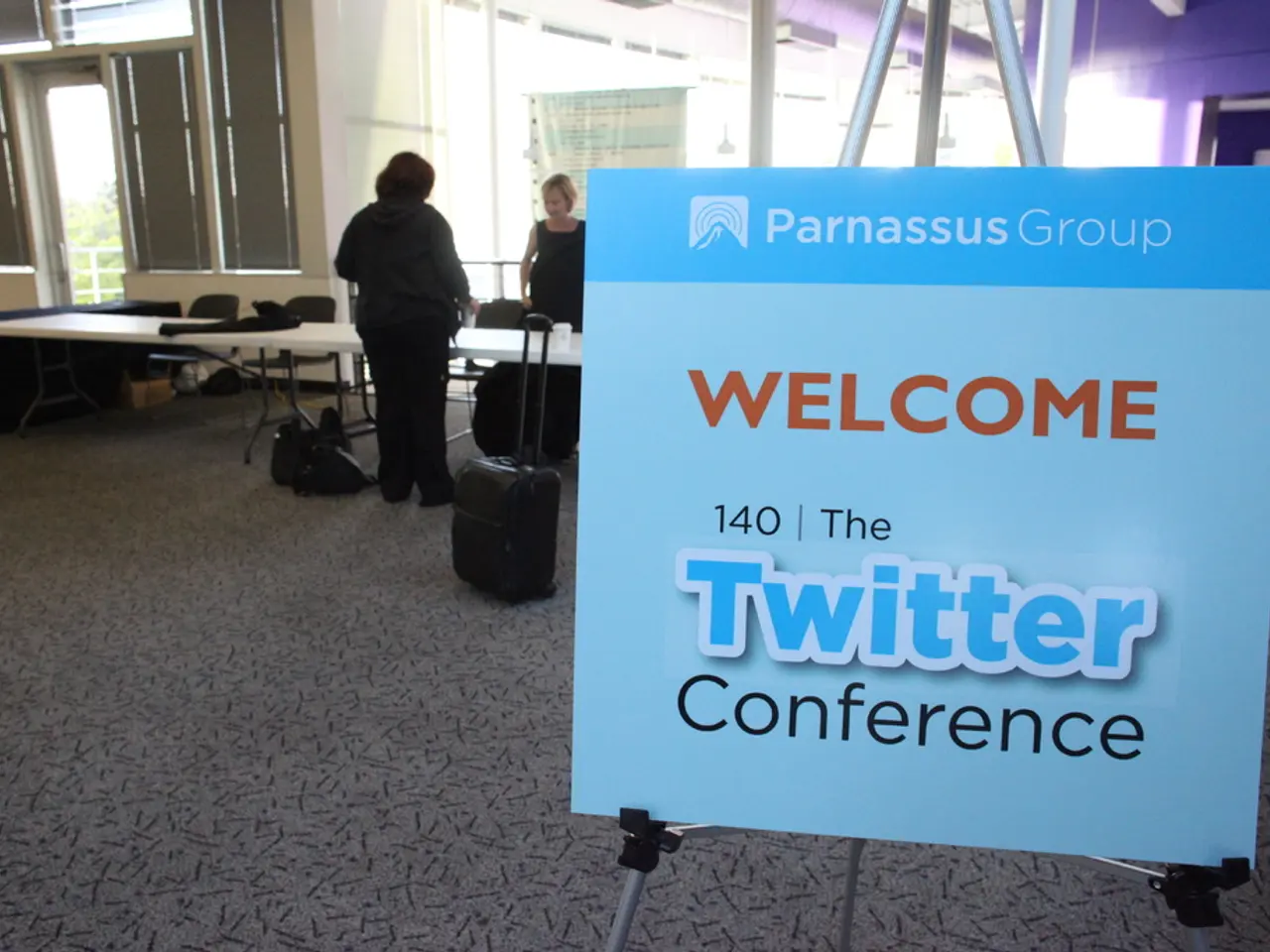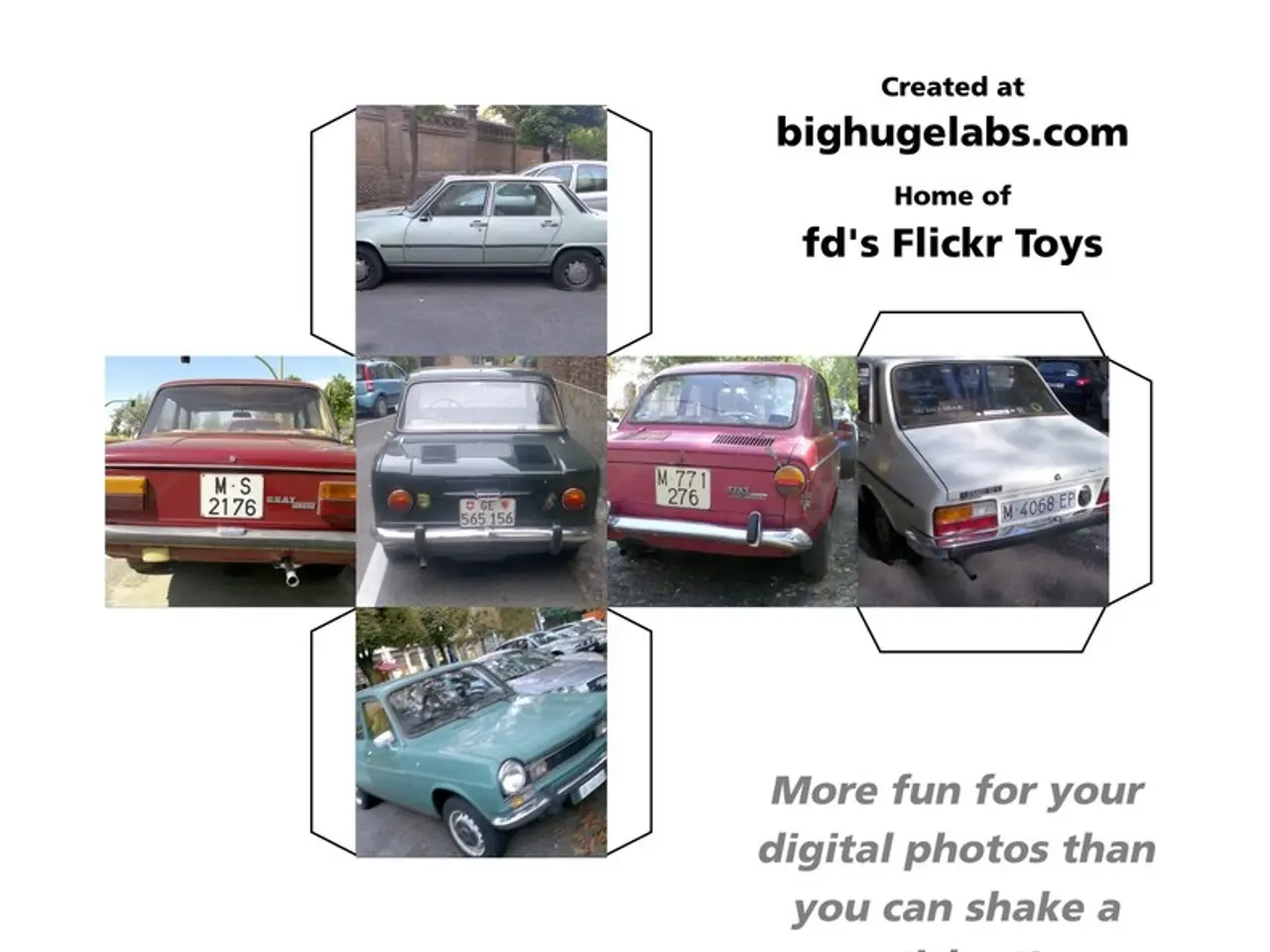Rick Hartley's PCB2DAY: Learning Opportunities with Rick Hartley
PCB2DAY Workshop Emphasizes High-Speed PCB Design Best Practices
The recent PCB2DAY workshop, initiated by UP Media and hosted by PCB West, focused on noise, electromagnetic interference (EMI), and signal integrity (SI) control in high-speed PCBs. The event, held in San Diego on February 22, attracted attendees from various industries, including the Sierra team.
Rick Hartley, a former Senior Principal Engineer at L-3 Avionics Systems, was among the presenters at the workshop. Hartley emphasized the importance of learning proper design procedures in PCBs to keep the fields contained and prevent EMI problems, other types of interference problems, and signal integrity issues.
Hartley also highlighted that the biggest problem with energy movement in PCBs is the belief that energy is in the voltage and current. He insists that the fields are the real issue because they carry the energy.
Key Topics Covered
The workshop covered several key topics aimed at improving PCB design for modern high-speed electronics. Some of the topics included:
- Fundamentals of Signal Integrity
- Understanding signal integrity basics: reflections, crosstalk, transmission line effects.
- Impedance matching and its role in maintaining signal quality.
- Timing issues and signal skew in high-speed signals.
- Noise Sources and Noise Reduction Techniques
- Identifying sources of noise in PCBs: switching noise, ground bounce, power supply noise.
- Techniques for noise reduction: proper grounding, decoupling strategies, and shielding.
- Role of power distribution network (PDN) design in noise control.
- Electromagnetic Interference (EMI) and Electromagnetic Compatibility (EMC)
- Understanding EMI mechanisms in high-speed boards.
- EMI mitigation techniques: controlled impedance routing, use of ground planes, filter placement.
- EMC compliance considerations and design-for-EMC practices.
- PCB Stack-up and Layer Design
- Designing stack-ups to control impedance and reduce EMI.
- Reference planes and their impact on signal integrity.
- Material selection and its effect on high-speed performance.
- High-Speed Design Guidelines
- Best practices for routing high-speed signals (differential pairs, microstrip, stripline).
- Minimizing crosstalk and reflections with appropriate trace spacing and geometry.
- Via design and its impact on signal integrity.
- Simulation and Measurement Techniques
- Using simulation tools to predict SI and EMI issues before manufacturing.
- Practical measurement methods: time-domain reflectometry (TDR), vector network analysis (VNA).
- Interpreting measurement results to improve designs.
- Case Studies and Real-World Examples
- Analysis of common pitfalls in high-speed PCB design.
- Lessons learned from industry projects and troubleshooting.
Key Takeaways
- Early Planning is Critical: Signal integrity and EMI considerations must be integrated from the initial design stages rather than as afterthoughts.
- Proper Stack-up and Grounding are Foundations: Selecting the right PCB materials and layer arrangements is crucial to controlling impedance and EMI.
- Decoupling and PDN Design Matter: Effective power filtering and distribution greatly reduce noise-related performance issues.
- Controlled Routing Minimizes Problems: Differential routing, matched trace lengths, and careful via use help maintain signal quality.
- Simulation Enhances Confidence: Using SI and EMI simulation tools significantly reduces prototype iterations and speeds up development.
- Measurement Validates Design: Testing prototypes with TDR, VNA, and EMI scanners confirms design assumptions and identifies unexpected issues early.
- Standardized Design Rules Aid Compliance: Following established design guidelines improves the chances of meeting EMC standards and achieving reliable high-speed performance.
If you have access to detailed PCB2DAY workshop materials or agendas from a specific year or organizer, I can help outline more precise topics or summarize particular sessions. Additionally, Rick Hartley encourages attendees to test things in their own labs before accepting them and emphasizes the importance of learning from real-world examples and case studies.
The workshop discussions underscored the significance ofControlled impedance technology in maintaining signal quality for high-speed PCBs. A proper understanding of Controlled impedance routing andthe use of ground planes for EMI mitigation were emphasized as key techniques in the design process. In the context of PCB design best practices, Hartley encouraged attendees to learn from real-world examples and case studies to improve their understanding of high-speed PCB design challenges.




